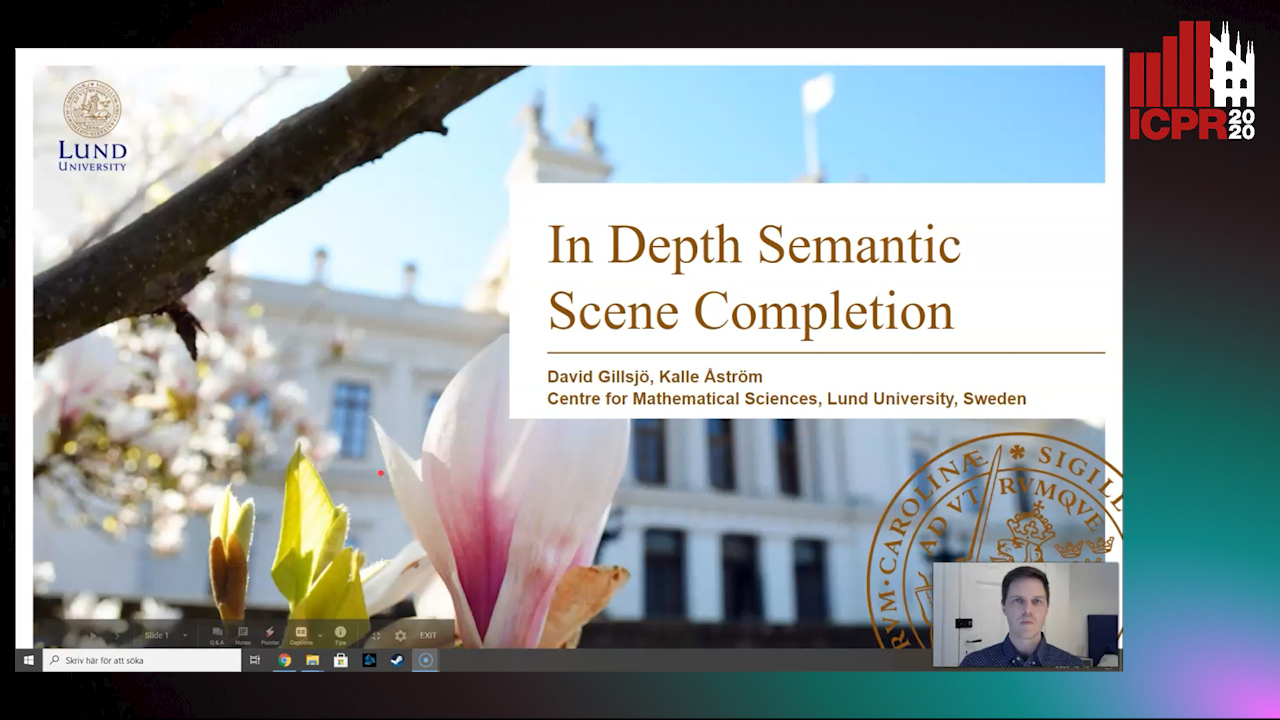David Gillsjö
Papers from this author
Generic Merging of Structure from Motion Maps with a Low Memory Footprint
Gabrielle Flood, David Gillsjö, Patrik Persson, Anders Heyden, Kalle Åström

Auto-TLDR; A Low-Memory Footprint Representation for Robust Map Merge
Abstract Slides Poster Similar
In Depth Semantic Scene Completion

Auto-TLDR; Bayesian Convolutional Neural Network for Semantic Scene Completion
Abstract Slides Poster Similar